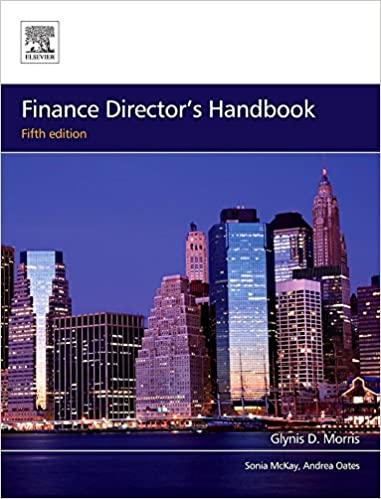
Duffy was just hired as CEO of Dog Food Inc. (DFI), which has no debt on its balance sheet. He also forecasts that the firm is expected to pay $200 million/year in taxes and is expected to have a constant 40% corporate tax rate forever. Assuming no bankruptcy costs, but personal taxes of 30% on income from equity and 50% on income from interest, if Duffy were to issue $100 million in perpetual debt at 8%. what is the present value of the tax shield? A) $12 million B) +$2 million C) +$10 million D) +$16 million E) +$30 million Duffy was just hired as CEO of Dog Food Inc. (DFI), which has no debt on its balance sheet. He also forecasts that the firm is expected to pay $200 millionlyear in taxes and is expected to have a constant 20% fix rate. Assuming no personal taxes, if Duffy were to issue $75 million in perpetual debt at 79 , but this would generate an expected present value of - $1 million in financial distress costs, what is the total present value of the tax shield and financial distress costs? $14mil $9mil $4mil $15mil $5.25mil The difference between a futures contract to buy an asset and a call option contract to buy the same asset is that ... A) an investor would have to purchase or pay a premium for a futures contract, whereas the investor would simply sign onto the call option contract with no premium payment required. B) the asset will be bought in the future with a futures contract, but with an options contract the asset purchase is done in the present time period. C) with a futures contract, the buyer pays an up-front deposit that goes into the seller's account, whereas with a call option contract, both the buyer and the seller must deposit money into their respective accounts. D) the futures contract results in an obligation on both the long and short parties to the contract, whereas the call option contract results in an obligation only for the short party to the contract. E) the futures contract results in an obligation on both the long and short parties to the contract, whereas the call option contract results in an obligation only for the long party to the contract









